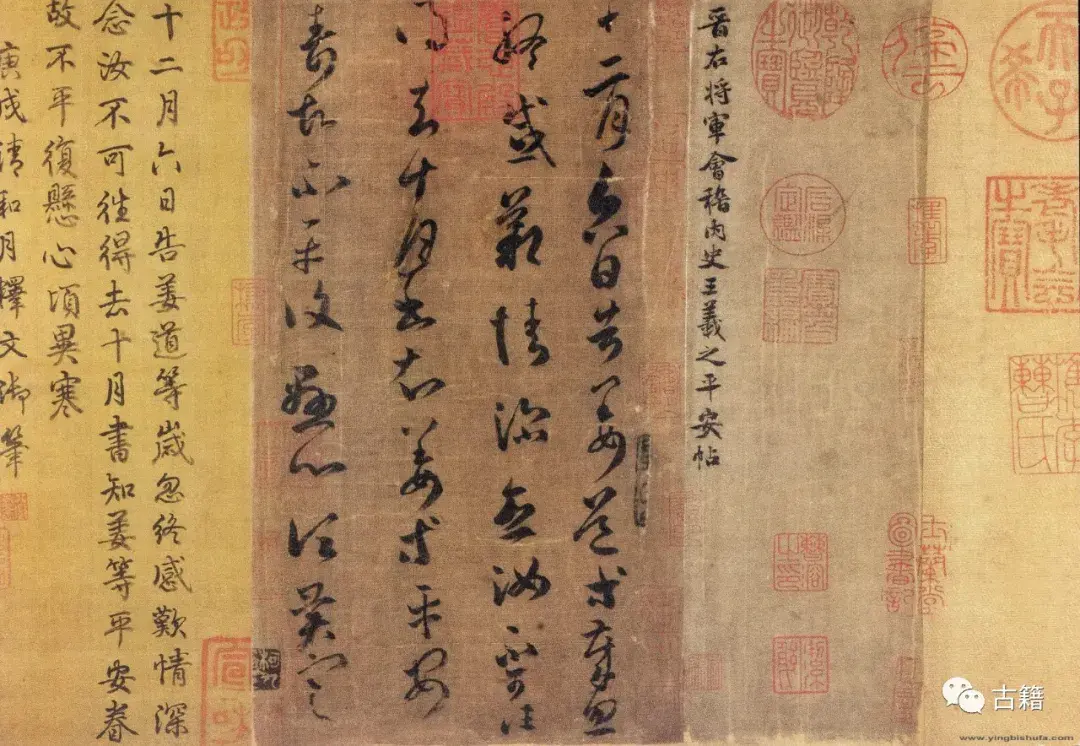
Those who pay attention to collections are definitely no strangers to the name Liu Yiqian. His collections of hundreds of millions have made him a legend in the collection world, and the most amazing collection miracle he has ever created is in In 2010, he spent more than 300 million yuan to collect a piece of "fake" calligraphy, and it took him five years to acquire it.
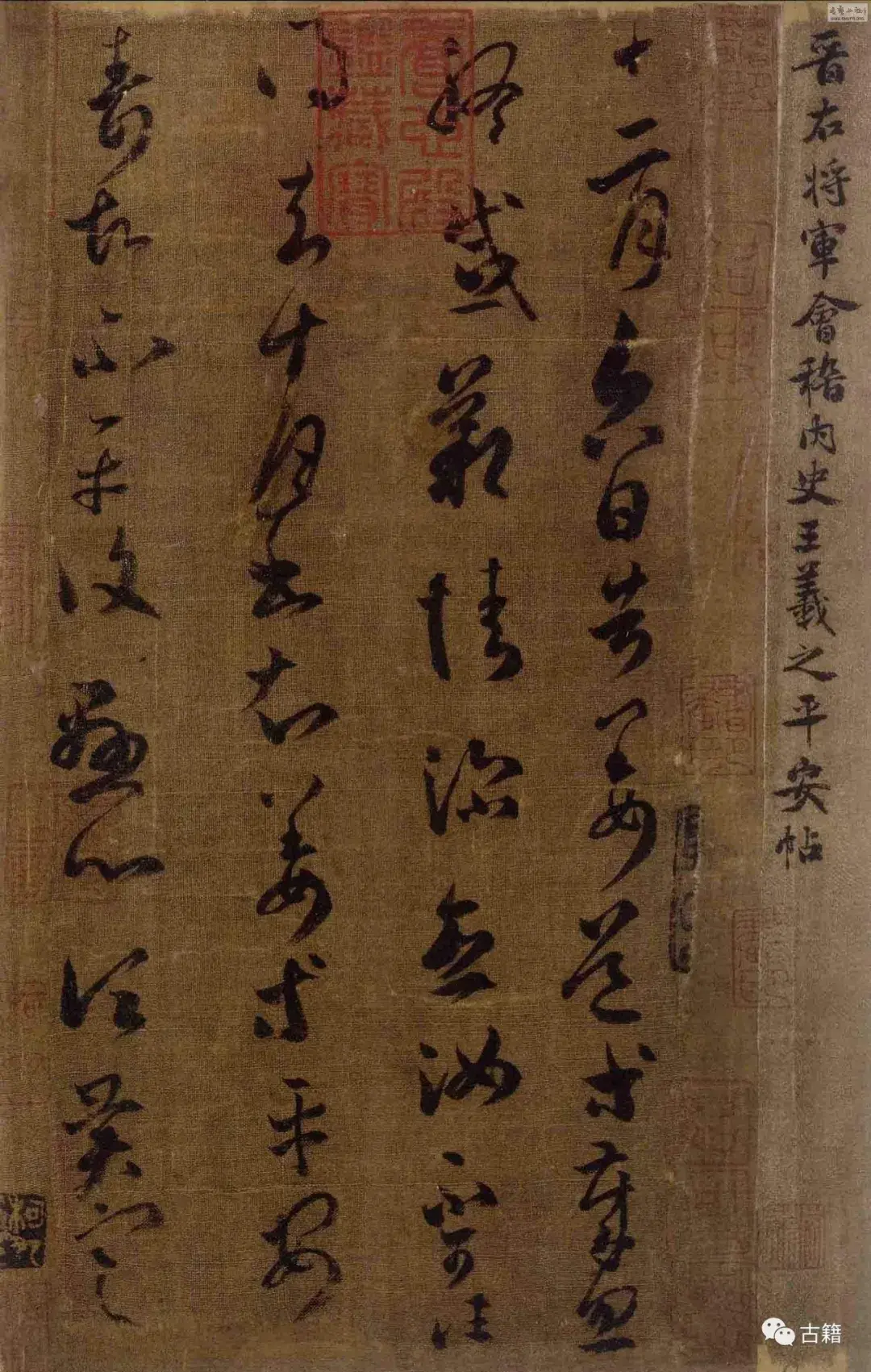
This piece of calligraphy was commissioned by Guardian to be auctioned at the 2010 Autumn Auction by the owner. Liu Yiqian and his team decided to win this piece of calligraphy. He participated in the bidding remotely via phone from outside the venue. Guardian attaches great importance to Liu Yiqian's participation. Guardian President Hu Yanyan personally communicated with Liu Yiqian in real time at the venue to hold the placard on his behalf, and finally won the prize with a sky-high price of 308 million yuan.
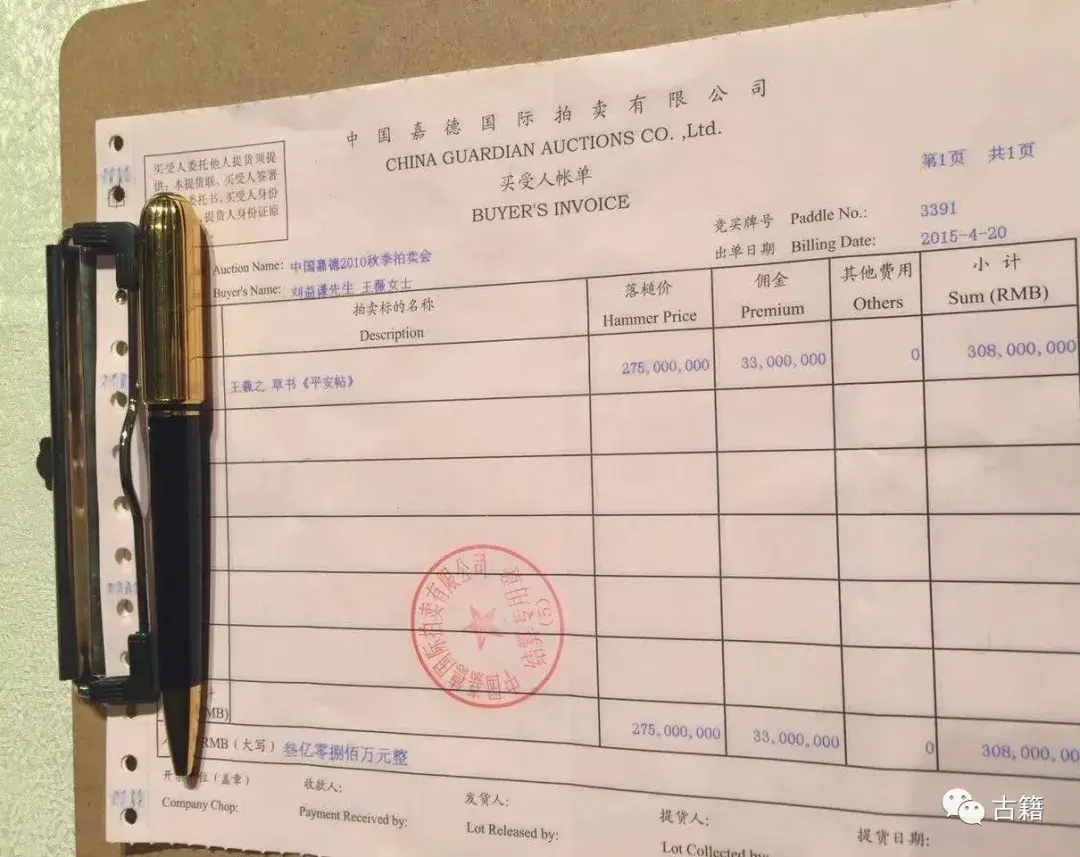
This piece of calligraphy is Wang Xizhi's cursive "Ping'an Tie". The reason why this piece of calligraphy is a "fake" is because this piece of calligraphy is not Wang Xizhi's original work, but a copy by later generations. But this does not affect its value. It is still a rare piece of calligraphy with a long history and has two great values: calligraphy and cultural relics. The reason why Liu Yiqian was willing to spend 300 million to buy this imitation of Wang Xizhi's calligraphy is because there is currently no authentic work of Wang Xizhi in the world, and there are no more than ten such imitations of calligraphy in the world.
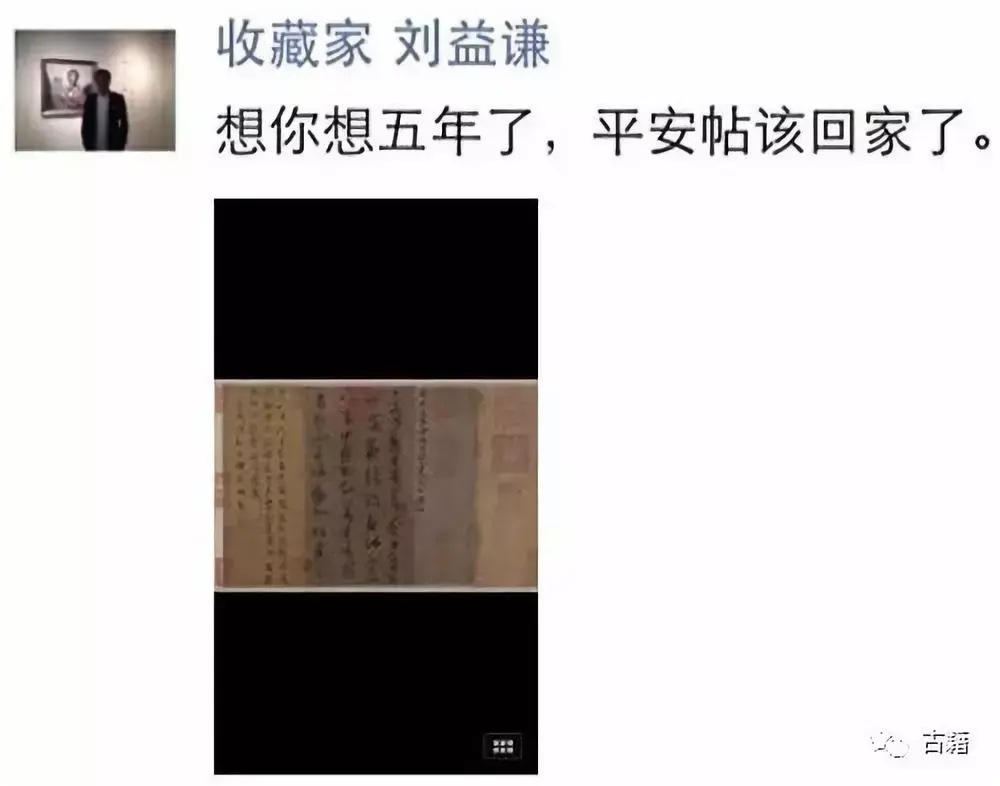
It was not difficult for Liu Yiqian to come up with 308 million yuan, but the process for him to get this cursive "Peace Note" was not easy. Generally speaking, both parties can proceed with the delivery after the auction ends, but Liu Yiqian waited for five years. During the five years of waiting, he also experienced many twists and turns, but when Liu Yiqian finally got the piece, he spent 300 million to still wait. After five years of writing "Peace Note" in cursive, I am still very happy. What happened in the past five years? Everything starts from 1947.

Wang Xizhi's cursive script "Peace Note"
Liulichang in 1947 was far less prosperous than it is today. At that time, the war was still going on and prices were in chaos. Most of the antique calligraphy and painting shops in Liulichang were out of business. Occasionally, there were a few small stalls. Very few players visit. But one stall owner was very lucky that day. He welcomed a mysterious collector. After browsing in his stall for a while, the man picked up an ancient piece of calligraphy, which was the cursive "Peace Note". The stall owner had not opened his shop for a long time and was very eager to do this business, so he settled the deal for five yuan without much haggling.
63 years later, the descendants of this mysterious collector entrusted Guardian with the long-hidden cursive "Peace Note" to be auctioned, and then came the story of Liu Yiqian buying the "fake" for 300 million. But things are not that simple. When the news spread that the cursive "Ping An Tie" was auctioned for more than 300 million yuan, a dispute broke out within the family of the mysterious collector. The reason was that when the cursive "Ping An Tie" was commissioned for auction, it was just A certain person in this family made a private claim, but other descendants who also had the right to inherit did not know about it. When the other descendants with the right to inherit found out that the cursive "Peace Note" was auctioned for 300 million, they contacted the client who made the decision privately. A property dispute occurred.

While Liu Yiqian was waiting for Guardian to deliver the goods, the previous client could no longer complete the legal procedures alone. The number of clients had changed from one to many, and Guardian was unable to complete the delivery procedures immediately. After waiting for five years, until the property rights disputes between multiple clients were settled, Liu Yiqian got his wish and got the cursive "Peace Note".
The cursive "Ping'an Tie" was first seen in the famous collection of "Jiang Tie" in the Northern Song Dynasty, and was later recorded in the "Xuanhe Shupu". At that time, there were nine lines in total, which were later divided into two. The upper post is the first half, written on silk, 24.5 cm long and 13.8 cm wide, with a total of 4 lines and 41 characters. There is no author's name on the cursive "Ping'an Tie", but most people in history believed that it was written by Wang Xizhi.
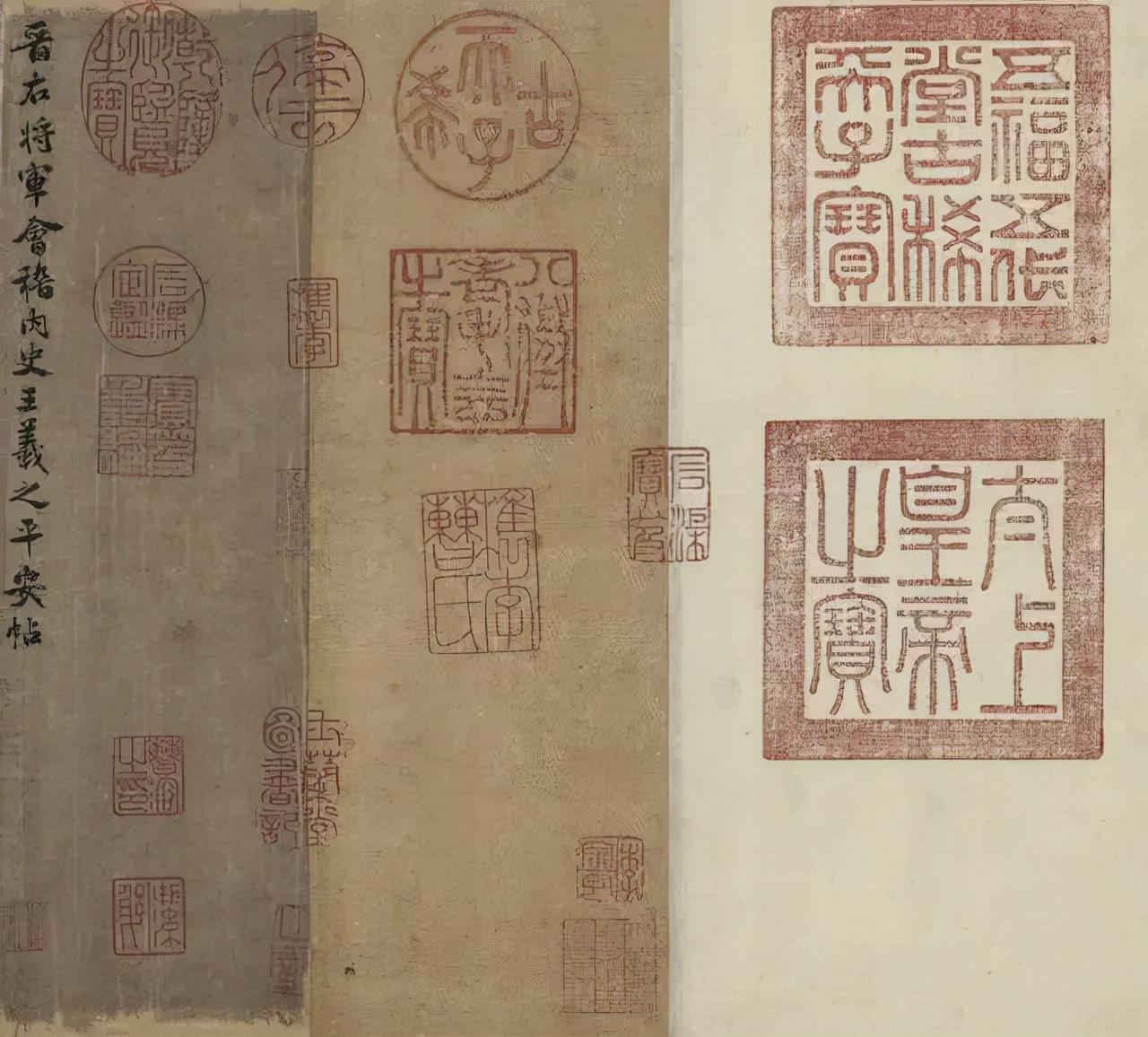
Extending this calligraphy, the 41 characters are surrounded by dozens of collection and appreciation seals, which shows that it has changed hands many times in its long history. Emperor Qianlong highly praised this calligraphy as "Ke Ya Shi Qing", which is comparable to Wang Xizhi's "Kuai Xue Shi Qing Tie" at the "Sanxi Hall". According to folklore, Wang Xizhi's ancient copy is unparalleled.
Attachment
Qi Xiaochun: "Peace Note" should be a letter sent by Wang Xizhi to his daughter's mother-in-law
The cursive "Ping'an Tie" is also known as "The Announcement to Jiang Tie", "December 6th Announcement to Jiang Tie", and "December 6th Tie". In addition to this copy of rubbings, it has also been included in many collections of calligraphy since the Song Dynasty, such as "Jiang Tie", "Ding Tie", "Qingcheng Tie" (Sun Chengze edition, Lian Quan edition, Xihongtang edition) and The Ming Dynasty's "Tingyun Pavilion Tie", "Mochi Hall Selection Tie", "Yuyan Tang Tie" and the Qing Dynasty's "Yunqing Pavilion Tie", "Haishan Xianguan Copy Ancient Tie" and "Gengxiaxi Pavilion Dharma Tie" wait.
Comparing the facsimile of the cursive script "Ping'an Tie" with the sixth engraved version of the second volume of the Song Dynasty's "Jiang Tie", which was the earliest engraved version of this calligraphy, only the first four lines are missing, and the last five lines are incomplete.
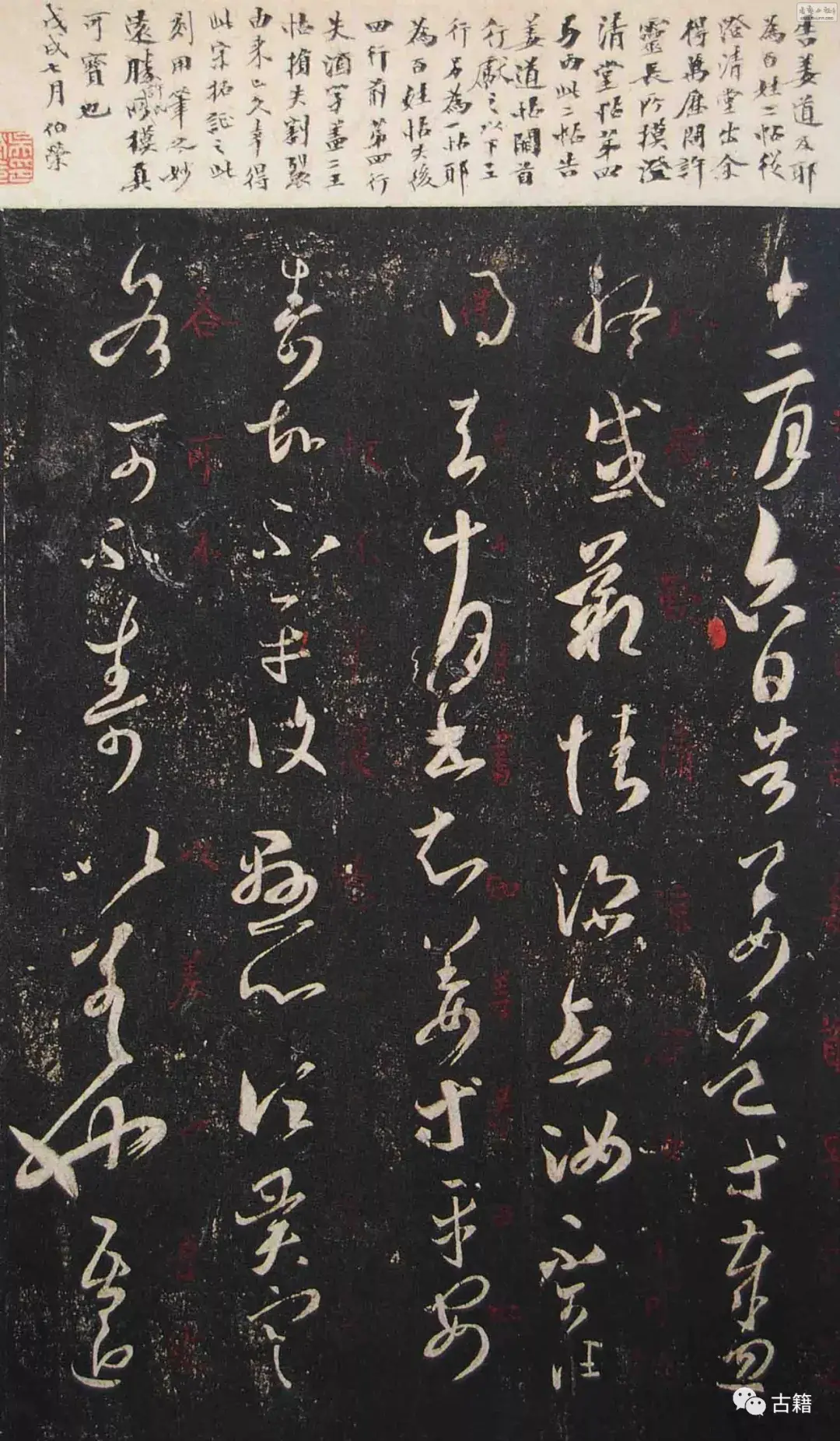
Ink rubbings of "Peace Tie" in cursive script
In order to facilitate content analysis, the post is now read in sentences as follows:
On December 6th, I told Jiang Dao and others that the year had suddenly come to an end, and I lamented my deep love. I miss you and cannot go. I have to write in October, and I know that Jiang and others are safe, and that my life has not recovered. Suspended heart. It's so cold, everyone can do it? Longevity is a difference. I have recently been suffering from earache, which is getting worse now. I offer it to you, so I don’t want to give it to you. If you are not strong enough, I will tell you that Jiang and others are safe in February, and they will die...
The main idea is translated as follows:
On December 6th, I tell Jiang Dao and others that the years are passing by, and it is almost the end of the year in a blink of an eye. I am deeply saddened. I miss you very much but I can't go to see you. I received your letter in October last year. I know that Zhi, Jiang and others are doing well, but Shou's old illness has not yet recovered, which makes me very worried. The weather has been extremely cold recently. How are you all? Has Shou's health improved as well? I've been having a lot of pain in my ear lately, but it's getting a little better now. Xianzhi suffered from various diseases and was tired and sleepy. For now, I won’t go into details one by one. In February, tell Jiang and others that they are safe and have a long life...
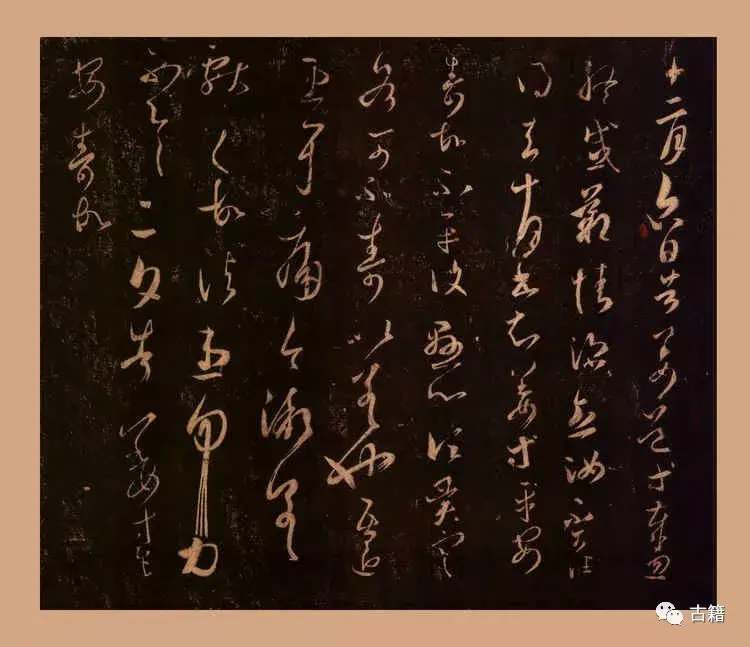
Six editions of the second volume of "Jiangtie" of the Song Dynasty
1. People involved in the letter
The style of this post is a Jin Dynasty official letter, which is a private letter from home. The characters involved include "Jiang", "Dao", "Shou" and "Xianzhi".
"Ginger" appears frequently in Wang Xizhi's official slips, such as "I will report to Jiang on the twenty-seventh, are your mother and child okay? They are not strong enough. Yes." "Sue Jiang on the sixth day, and you will be reunited." The rain has begun to clear, and it will clear soon. Your mother and son are safe. We are all different. Ye Gao." The end of these two posts are both signed "Ye Gao", which means "father". It can be seen that these two posts are letters to their daughters ( (Details later).
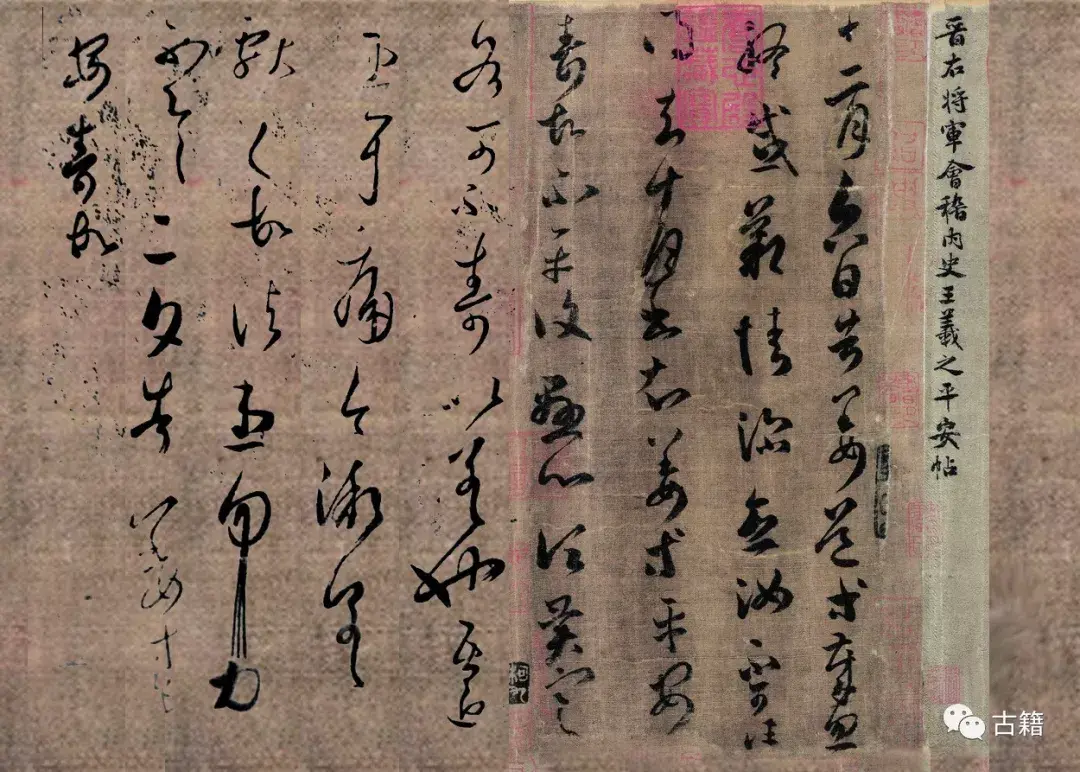
"Ping'an Tie" in cursive script restored from facsimiles and rubbings
Although "Dao" and "Shou" rarely appear in Wang Xizhi's rulers, "Dao" comes after the name "Jiang" and should also be the characters or nicknames of Wang Xizhi's children. According to the content of the letter, "Shou", "Jiang" and "Dao" should also have the same identity.
As for "offering it", there are doubts. Because in Jin people's official documents, people close to them are generally called by their given names or nicknames, and it is rare to call them by their first names. In Wang Xizhi's rulers and tablets, except for this post, there is no example of "Xianzhi" being mentioned. Instead, "official slave" appears frequently, which is generally believed to refer to Wang Xianzhi. There is also a miscellaneous post about the person "Zijing", "Zijing Fei Bai Daye", which should also be more credible. In addition, the three lines after this post, "Because of the dedication..." may be from other posts, and their authenticity remains to be studied.
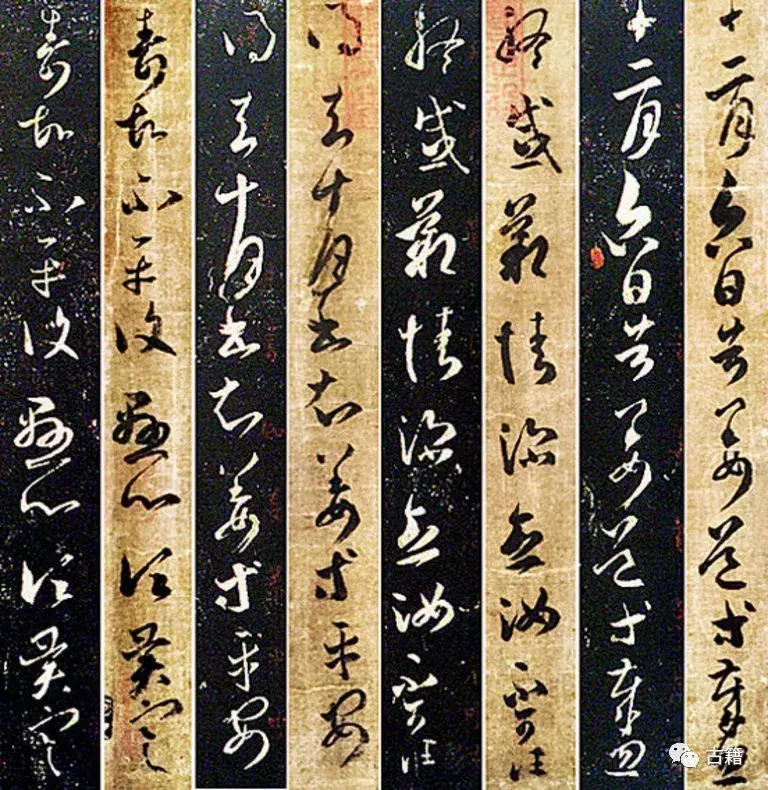
Comparison between Song Tuojiang Tie and the silk edition of Wang Xizhi's cursive "Ping'an Tie"
2. Calligraphy styles and idioms of rulers
This post is a typical document from Jin people. The usual sequence of letters is that after greeting the season, they usually first describe the receipt and reply of the letter from both parties, then ask about the other party's well-being, report their current situation, etc., and then conclude the text with the concluding words. In the life circle of the gentry at that time, they mainly used this simple greeting method to communicate with each other, communicate and enhance mutual friendship and care. The characteristic of this kind of rulers is that they describe "season" and "cold temperature", that is, after describing the four seasons of the year, they often sigh frequently, as if expressing sorrow. There are many similar expressions to the cursive script "Ping'an Tie" in "The year suddenly ends, and I sigh deeply...", such as:
On September 25th, Xi Zhidun first came. It's winter, and I sigh and feel sad at the same time. I can't win, and there's nothing I can do.
Xi Zhibai on the first day of the first month. Suddenly the year changes, and on the occasion of new friends, I sigh deeply.
Xi's report on the first day of the first month. Suddenly the year changed, and I felt both sad and sad. I couldn't help myself, and I had no choice but to do anything.
Xizhi Bao on December 24th. Sigh at the end of the year.
On the second day of the first month of the lunar month, Xi Zhi paused. Suddenly this year, I feel distant and hurt, and my heart aches, but I have no choice but to do anything.
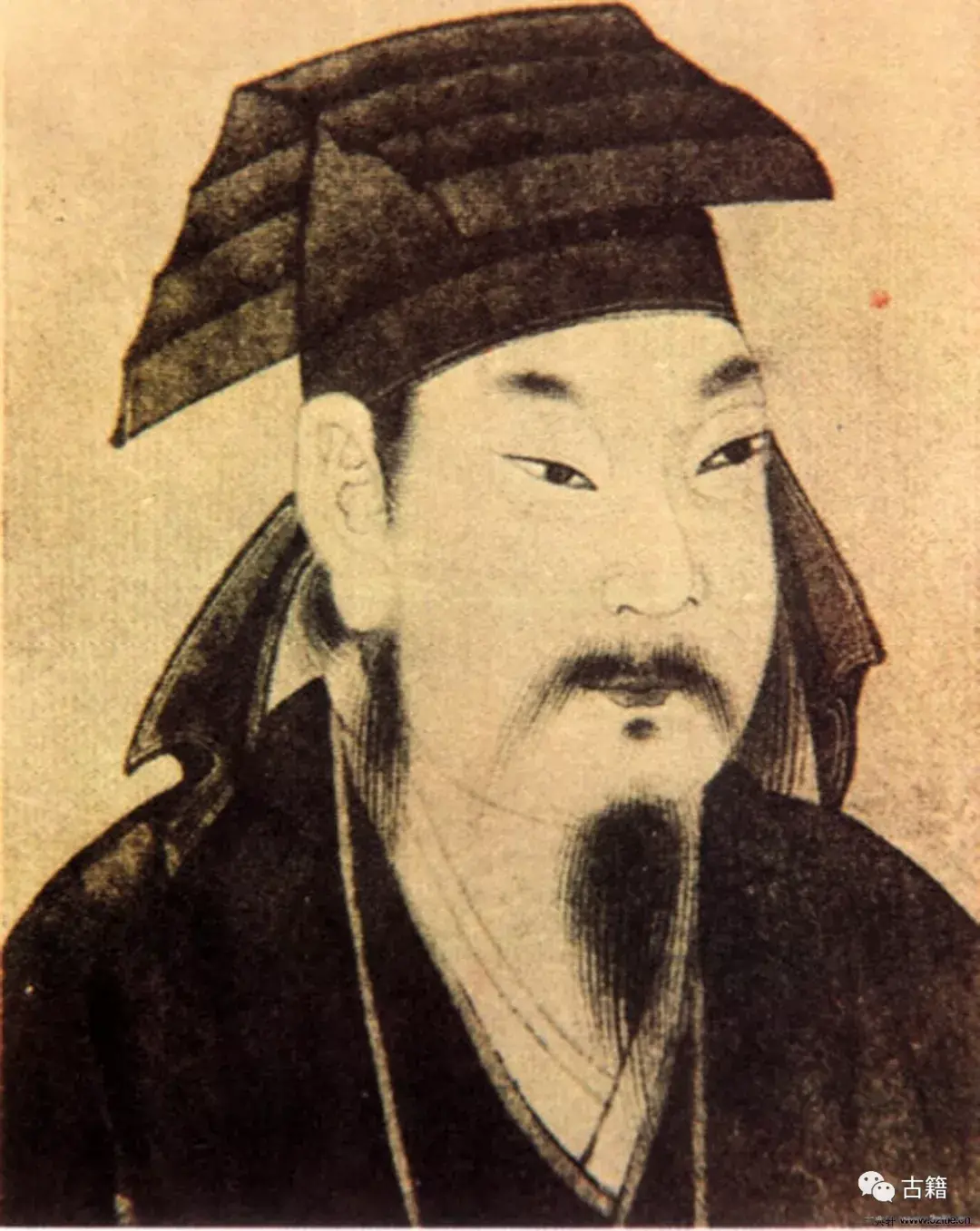
Wang Xizhi
There are many rules and idioms in letters. For example, "gao" is a word that indicates the status of superior and inferior in rulers. This letter is a letter from an honorable person to an inferior person, so this kind of language is used. . The same goes for "ru" and "I". In the book with the humble person, the biggest feature of the use of titles is that they mostly use personal pronouns, such as "I" and "ru". Generally, they do not use "zuxia", etc., nor do they call themselves by their own names. Such as "Xizhi". Others include "peace", "pacification" (recovery), "xuanxin" (worry), "ke" (very good), "poor" (slightly better), "wuwu" (tired and sleepy), "strength" " (physical condition, energy), "buyiyi" (also known as "not with". It means that the etiquette is not complete, please forgive me), etc., are all idioms used by Jin people on rulers and tablets.
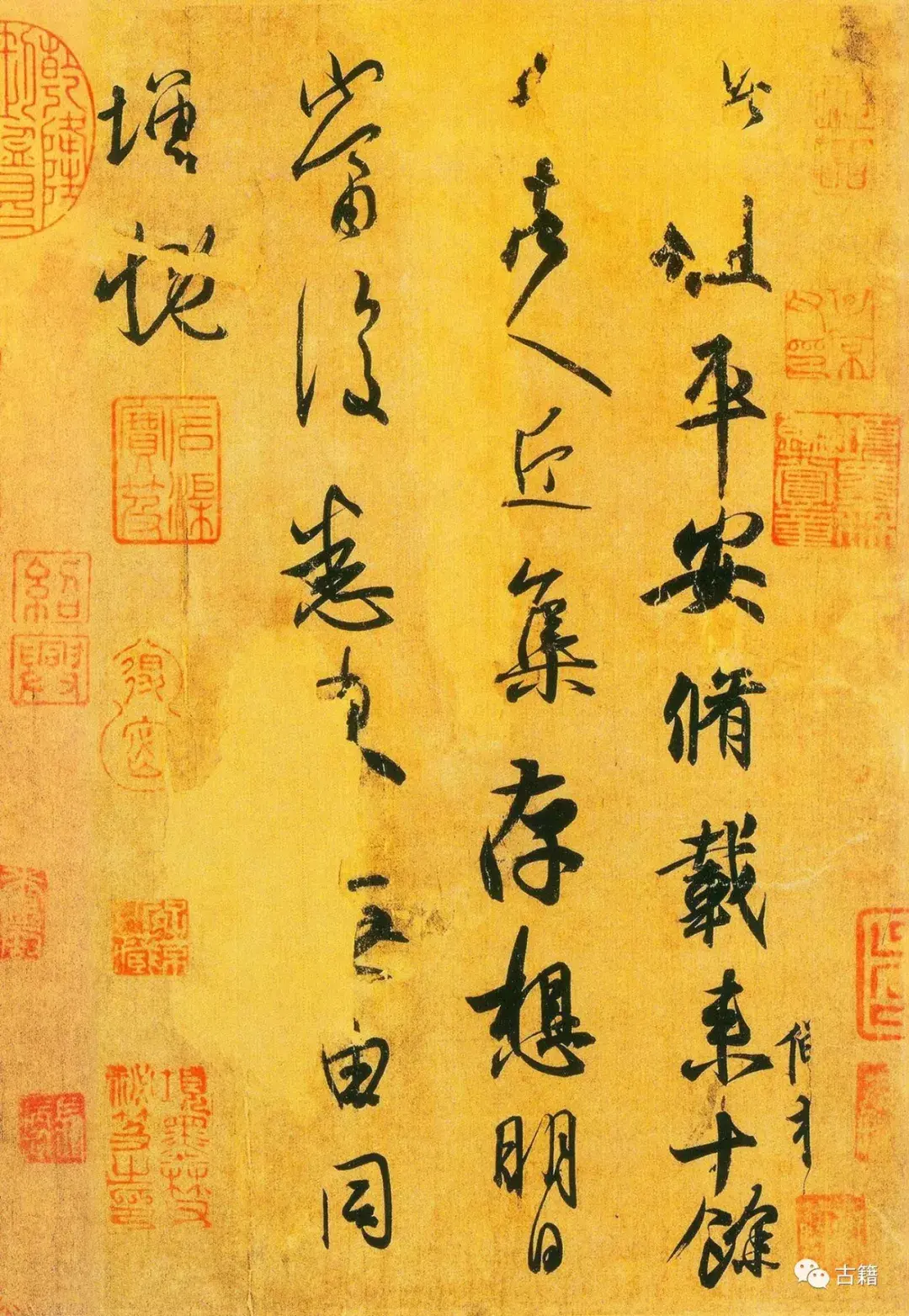
"Peace Note"
3. Post incompleteness and text interpretation
As shown in the above explanation, the facsimile only has the first four lines, and the last five lines of the inscription are obviously missing. There are also other posts included in the second half of the engraving. Judging from the meaning of the text, the last three lines, "Please do not suffer any troubles, do not be powerless, tell Jiang and others a safe and long life in February" are not related to the content of the previous post, and the handwriting is also very different. It may be from another post. Incoming posts. It seems reasonable that "Qingtingtang Tie" uses it as a separate post and appends it to "Yuqing Tie".
The word "Shou" in the post "Shou is not healed" is interpreted as "Juan". According to the meaning of the text and the glyph, it is regarded as "Shou". The word "er" in "I have recently suffered from earache" has the interpretation "you". According to the meaning of the text and the shape of the characters, it is regarded as "ear". "无々" is a repeated word of "无". "Not one by one" is the same as "not having". The "month" in "February Gaojiang" has the interpretation of "xi", but according to the meaning of the text and the glyph, it seems to be regarded as "month".
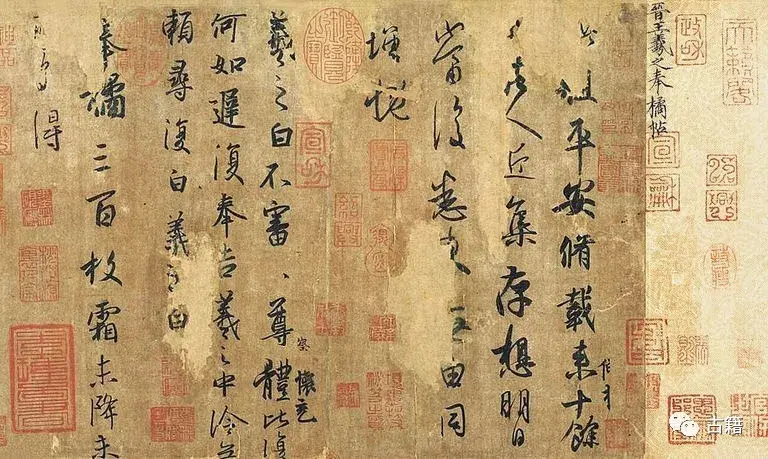
"Safety is Like Three Posts on Oranges"
4. Some situations involved in the post
Therefore the post is also called "Ginger's Post", so the recipient "Jiang" needs to be carefully examined. According to the "Jiang" that appears frequently in Wang's invitations, although scholars have previously inferred that they are Wang Xizhi's children and grandchildren, they do not know the specific reference. Later, according to the "Epitaph of Li Mengjiang, the Princess of Linchuan County" of the Tang Dynasty discovered in recent years (hidden in the Zhaoling Museum of Liquan County, Shaanxi Province), Taizong of the Tang Dynasty quoted: "I heard that Wang Xi's daughter, named Meng Jiang, was very good at calligraphy. I admire her. It is a character, and Shu can trace it together. Because the character is Mengjiang...", we know that the "jiang" that appears frequently in Wang Xizhi's rulers is actually what Wang Xizhi said in "Seventeen Tie" and "Children's Tie", "I have seven sons and one son." The "female" of "female". Regarding this woman, the "your mother and son" in the quote above "tell Jiang on the sixth day, the rain will start to clear again, it will clear soon, your mother and son will be safe" should refer to Meng Jiang and her son Liu Jin. According to Liu Xiao’s annotation in the pinzao chapter of "Shishuoxinyu", it is quoted from "Liu Jin Collection": "(Liu) Jin, courtesy name Zhongzhang, was born in Nanyang. His ancestor was Xia, and his father was Chang. Chang married Wang Xi's daughter and gave birth to Jin. Jin You Talent, Li Shangshu, Taichang Qing." Liu Jin should also be one of Wang Xizhi's grandsons among the "sixteen grandsons today" in the "Children's Notes" that Wang Xizhi "comforts the present". Meng Jiang was Wang Xizhi's only daughter, and of course she was particularly loved by Wang Xizhi. There is a post by Wang that tells the plot:
I am gone and the day is over. If I want to keep my daughter with me, I will give her away when I go. Can you agree with me? Once the due date is unknown, it is a waste of time. Mrs. Shedao Kanghe. A small step can make a big difference, and if you spend fifteen days, you will be able to help the river. Therefore, if you know and ask in two days, you must trust and know, and you will definitely take a shortcut to meet your step. You can pay it back in time, and count the day as the year when you are late.
This post was probably sent by Wang Xizhi to his daughter’s husband’s family (Liu Chang’s family). It can be seen from the letter that Wang Xizhi is in his later years and very much hopes that his daughter’s husband’s family will allow her to return to her parents’ home for a period of time. The letter also begged the other party to let her daughter return to her parents' home frequently, saying that she was spending her days looking forward to the day she would meet her daughter.
There is another place in the second half of the engraved post where Wang Xizhi says, "I have recently suffered from earache." Wang Xizhi suffered from various diseases, which are reflected in his writings, such as "foot pain", "lumbar pain", "scapular pain", "headache", "toothache", "abdominal pain", "swelling and pain", "Swelling disease", "malaria", "vomiting", "dysentery", "spleen wind", etc. It is also known from this post that he suffers from "earache". Wang Xizhi once asked in the "Tie of Tianshu Ointment" in "Seventeen Posts", "Is there any evidence that Tianshu Ointment can cure deafness? Those who have experienced it need medicine." This can also indirectly prove that Wang Xizhi suffered from ear disease, so he was very concerned about whether Tianshu Ointment was effective in treating deafness.
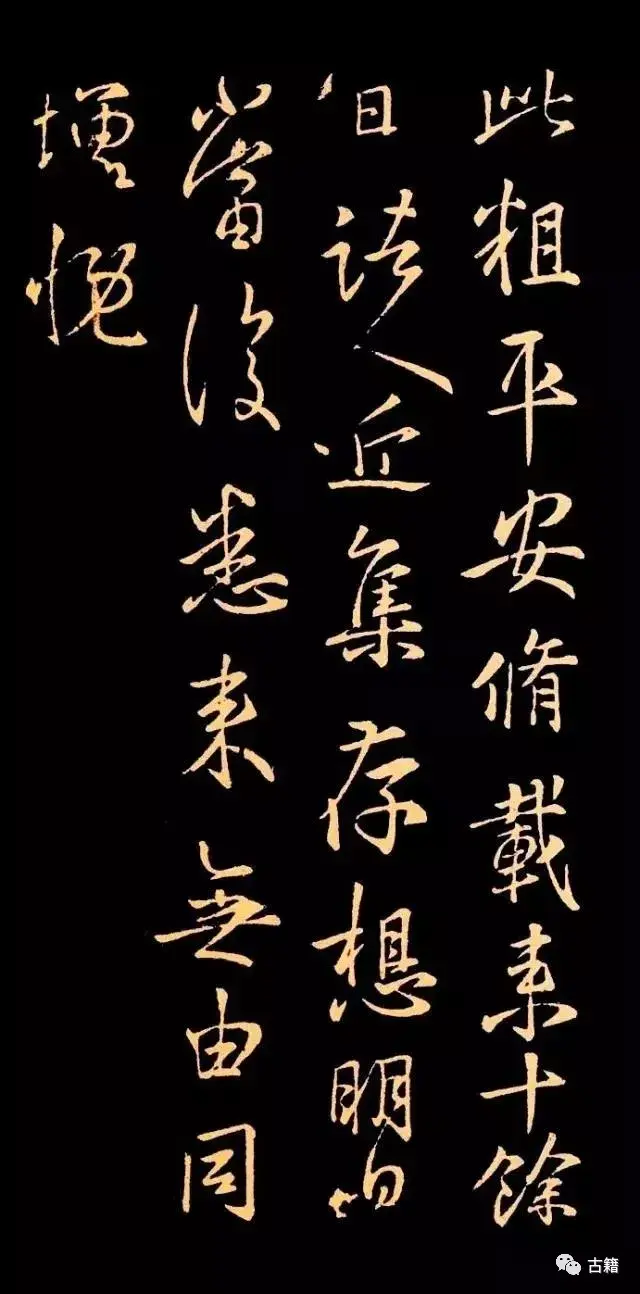
"Peace Tie" ink rubbings
5. Regarding copying and handwriting style issues
The handwriting characteristics of the copy and the engraving should come from the same original. The question is which of the originals they rely on comes first and which is better. In fact, from a slight comparison between the two, it is obvious that the copy of the book is fat and weak, and its charm is not as good as the printed version. In addition, the four characters "Go to October Script" in the cursive script "Ping'an Tie" are written in a continuous cursive style, but are not found in the printed version. This is also where the carved version is better than the copied version. Wang Shu of the Qing Dynasty commented on this kind of calligraphy that "the characters are linked together like a pen that keeps stopping", which "has no rhythm and frustration, but also has a vulgar rhyme", and concluded that "Although the right army is flying like a phoenix and a dragon, it is actually left and right. There are those that are continuous" (Volume 6 of "Chunhua Secret Pavilion Dharma Calligraphy Examination"). Therefore, if both the facsimile and the engraving are from the same original, we can only say that the former is an exquisite copy and the latter is a rough copy, or it is not known whether the former is the latter.
In the Tang Dynasty, paper was generally used for copying and copying calligraphy, such as hard yellow paper, because paper is easier to copy than silk. In fact, double hook filling is not simply "filling ink" in the stroke outline like dipping ink writing. According to Mr. Jun Tomita of Japan, during the restoration process of the "Mangluan Tie" with excellent imitation, Japan discovered: "In terms of the literal meaning of double-hook filling, that is, first outline and then fill in ink. In fact, if you look carefully The real thing is not that simple. The so-called ink filling is composed of many overlapping lines as fine as hair, and the technology is quite exquisite." So can silk materials be used for such precise copying operations? I doubt it, maybe the cursive silk "Ping'an Tie" is just a temporary copy. This has yet to be verified with the actual object.
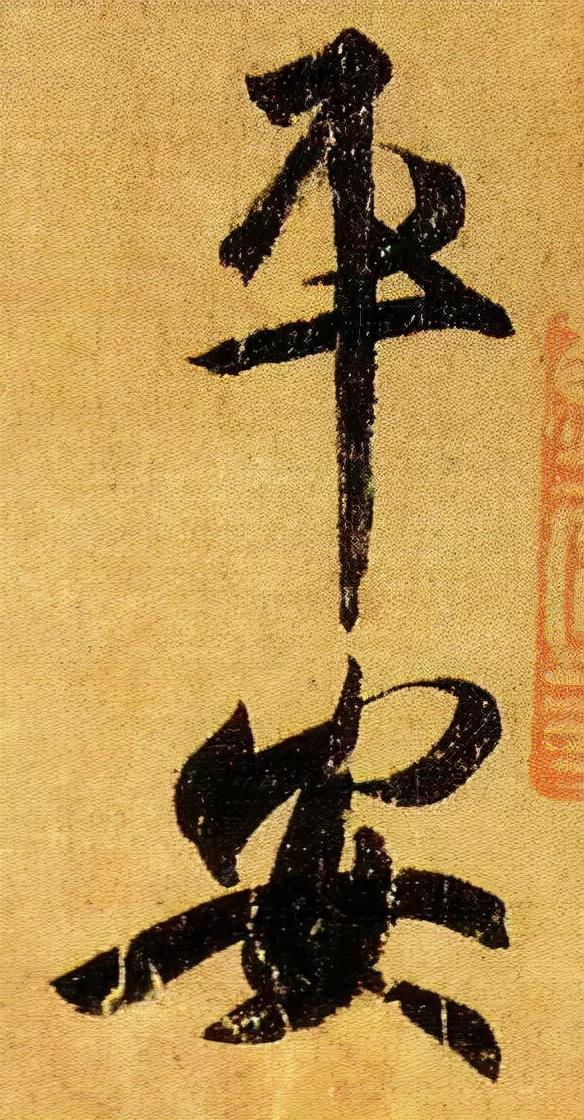
The word "peace" in "Ping An Tie"
As for the cursive handwriting of "Peace Tie", some people say that the style of the copy is similar to that of "Seventeen Tie". This may be because he only read the first four lines of the handwriting in the copy and came to the conclusion. ?
I disagree with this statement and will give an example. The handwriting after the fifth line of the engraving gradually becomes more and more unbridled, such as "Yi Cha Ye", "Pain Jin Jian Chai" and other words, which are unrestrained and unrestrained, which is very different from the strict single-cursive calligraphy of "Seventeen Tie". Its fun. The style of "Seventeen Posts" is "There is no circle without rules, no square without rules; enter from the rules and leave from the rules; never leave one step at a time, and integrate step by step. As for being able to integrate, it means following the heart and not exceeding." ( Wang Shu's "Xuzhou Inscription and Postscript"). The handwriting of "Ping'an Tie" in cursive script is more straightforward, which is far different from "Seventeen Tie" which has the nature of cursive textbook and dictionary. If the cursive "Ping'an Tie" is similar to which kind of Wang Tie's handwriting is similar, I think it is quite close to the meaning of "Sangluan Tie". For example, the word "pain" in the sixth line is very similar to it. The word "pain" appears frequently in Wang Tie and is one of the most distinctive cursive characters. In addition, the Japanese scholar Mr. Yujiro Nakata believes that the cursive "Ping'an Tie" is not similar to the king's script, and he suspects that it is a forgery written by a descendant who later studied the king's script ("Research on Wang Xizhi's Center of Law" p164). I don't agree with this opinion either. The reason for this view may be that it is suspected that this is due to the "play science" and "imitation calligraphy" of the Southern Dynasty and Southern Tang Dynasty, right? Indeed, in the history of the circulation of royal letters, there have been many so-called royal invitations that "copied right military texts".

"Safety is Like Three Posts on Oranges"
"Lun Shu Biao" written by Yuhe of Song Dynasty in the Southern Dynasties: "Xiao Wu wrote Zi Jingxue's calligraphy and play studies, and the ten volumes are "Xu", Fu Yun's "play study" is not titled. Or true, The lines and chapters are mixed together on a piece of paper, or the numbers are redone, or the calligraphy is imitated by the famous people who have done it before, or the calligraphy is done in a casual way, without paying attention to it, it is also very ugly." (Volume 2 of "Fa Shu Yao Lu") Huang Bosi of the Song Dynasty said: "In the Secret Hall of Beiyuan, I came across the book of Ci Secret Pavilion and found this handwritten calligraphy in a letter. The title of each volume is: 'What is the number of imitation calligraphy'. This volume and all the fake calligraphy in other volumes are fake. They are all in Yan. There are many that are not included in the rest of the Dharma stickers, and they are written on Chengxintang paper. It is said that people from the Southern Tang Dynasty took the ancient words and wrote them by themselves. The writing is true but the characters are not, so this person's eyes are "imitation" "Book" is just a record of his words, not a copy." "There are many handwritten calligraphy by people from the Southern Tang Dynasty in Chunhua's calligraphy, such as fake Shantao, Cui Ziyu, Xie Fa, and Bian Hu, all of which are written by ancient people in one hand. , the third volume is the most. Today in the Secret Pavilion, several boxes are still there, all of which are written on Chengxintang paper. They are clearly titled "imitation calligraphy" and are not copied or authentic. At that time, Shishu Wang's compilation was unknown, especially The names were chosen for recording, so they were confused with the original ones, but many good ones were not included, which is a pity." (Both volumes of "Dongguan Yulun") Despite this, there are still some handwritings in Guan's cursive "Ping'an Tie" The characteristics of Wang's book are clearly demonstrated by the word "pain" mentioned above. Therefore, it should be said that the handwriting of "Ping'an Tie" in cursive script is still original, and it should belong to one of the various Wangcao styles.
6. About the name of "Peace Note"
When did "Peace Note" get its name? The reason why it is called "Ping'an Tie" should be related to the title on the water in front of it, "Wang Xizhi's Ping'an Tie, the internal history of Kuaiji, the right general of Jin Dynasty". Around the Ming Dynasty, Wen Zhengming saw this label and called it "Ping'an Tie", and later generations followed this name. Wen Zhengming first said that the label was written by Zhao Gou, Emperor Gaozong of the Southern Song Dynasty, and later said that it was written by Mi Fu, but there is no evidence for either of them. Although it is not clear when the label came from, it can be roughly speculated that it should be later than the Song Dynasty and slightly earlier than the Wen Zhengming Dynasty. According to Song Cong Tie, such as "Jiang Tie", "Ding Tie", "Qingting Tang Tie" (Sun Chengze edition, Lian Quan edition, Xihongtang edition), etc., they are all titled "Gao Jiang Tie", "Gao Jiang Tie" on December 6th. "Tie" or "Tie of December 6th", there is no one with the title "Tie of Peace", only this copy is labeled "Tie of Peace", so it is quite intriguing.
Speaking of this, it must involve Wang Xizhi's cursive "Ping'an Tie" recorded in the "Xuanhe Shupu" of the Song Dynasty. Since many scholars since the Ming Dynasty have believed that this calligraphy is the one recorded in the "Xuanhe Shupu", but the "Xuanhe Shupu" only records the name of the calligraphy without the text, so it is impossible to confirm that it is the original calligraphy. In other words, the handed down king Anyone with the word "peace" in the post may be from the "Xuanhe" version, and is not necessarily limited to this post. This is because, judging from the naming convention of ancient posts, it is unlikely that this post will be called "Peace Post". According to the ancient miscellaneous post, there was no definite name at the beginning. It was customary to use the number at the beginning of the post to replace the title. This method was used to record the title and line number of the post in Chu Suiliang's "Wang Xizhi Bibliography" of the Tang Dynasty. It is not known when this naming method originated, or whether it was Tao Hongjing of the Liang Dynasty who pioneered this method. For example, "Emperor Wu of Liang Dynasty and Tao Yinju discussed calligraphy in nine poems" (Volume 3 of "Fashu Yaolu") say "Chen Tao Yan one paper", "May 15th one paper", "Shang Xiang Huang Qi one paper" ", "The paper will be changed on the same month", "the paper will be whitened on May 15th", etc., which are suspected to be the origin of the name, and were later inherited by Chu Suiliang's "Wang Xizhi Bibliography". The naming method of "Seventeen Posts" recorded by Zhang Yanyuan of the Tang Dynasty goes: "The Seventeen Posts have the word "Seventeen Days" at the beginning of the volume, so they are called it. In the Erwang's book, later generations also took a slightly different sentence in the post and labeled it as a post. The name usually comes from the first three or two characters of the volume and the first three or two characters of the post." (Volume 10 of "Fa Shu Yao Lu").
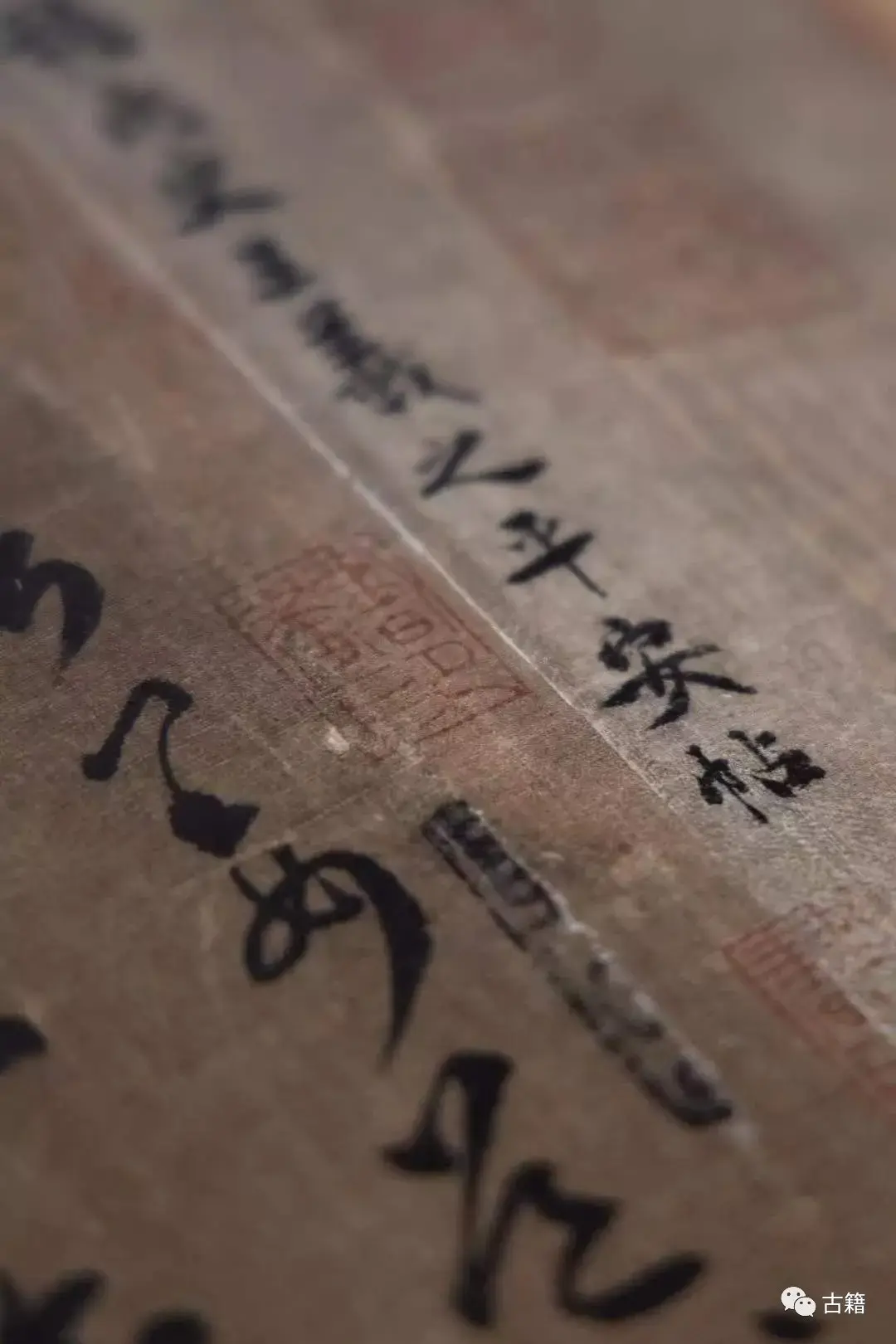
According to the naming convention of royal posts handed down from ancient times, it is not difficult to find the following characteristics: In order to avoid duplication of names, try to name the first date of the post with a low repetition rate. As Tao Hongjing said, "May 10th" "One paper for five days" can be called "Tie on May 15th". This method is often used in "Wang Xizhi's Bibliography" and later generations' series of posts. Then, as Zhang Yanyuan said, "take the first three or two characters of the post" to name it. Two points need to be paid attention to when naming the latter. One is to choose words from the "first line" of the post, that is, the first line. The other is to avoid words with a high repetition rate. For example, use less idioms and formulas commonly used on rulers and tablets and look for more distinctive ones. Nouns, such as names of people and places, etc. Now let's look back at the title of "Peace Post". First of all, when examining the posters handed down by the kings of the world, there are more than a dozen posts with the word "peace" in them, such as "this rough peace" ("Xiu Zai Tie") in the Tang facsimile and "Yu Chou Ping'an" ("Yu Chou Ping An" ("Seventeen Posts")). "Provincial Farewell Post"), "Every little step is safe" ("Zhanjin Post"), "Hu's mother is safe from her sister", ("Hu's mother is safe from her sister"), "Long Bao and others are safe" ("Long Bao and others are safe") "Bao Tie"), "Chunhua Pavilion Tie" "Several words about safety" ("Sizhou Tie"), "I want the other person to be safe" ("Dexi Wen Tie"), etc. There are also many unnamed miscellaneous posts containing the word "ping'an" in the explanations of Wang's posts recorded in "Secretary of the Right Army" by Zhang Yanyuan of the Tang Dynasty. The most similar post to this post is: "Calm down Jiang on the sixth day, and it will clear up after the rain resumes." , it will be sunny soon, your mother and your son will be safe." "The book from Yingyang will bring you peace and comfort." "The book from Changfeng will bring peace to you." "That person is safe" and so on, there are too many to mention. These messages all meet the conditions to be called "peace messages". In other words, the "peace messages" recorded in "Xuanhe Shupu" are any of the above-mentioned messages. It's not surprising, it may not be this "Address to Jiang". Secondly, following the custom of naming words in the first line, "Ping An" is in the third line of "Gao Jiang Tie", which is obviously inconsistent with this habit. Among the posts mentioned above, there are even "Ping An" in the beginning or the first line of the post. , also not called "Peace Tie". Because the word "peace" is a commonly used formula on rulers and tablets of Jin people, and its usage rate is extremely high. Using the ruler's idioms to formulate famous posts will create a large number of posts with the same name.
The question here is why the label is not titled "December 6th Announcement to Jiang Tie" or "December 6th Tie" as in the Song Dynasty series of posts, but "Peace Tie" "The name? Why is there no name "Ping'an Tie" from the Southern Song Dynasty to Wen Zhengming? We might as well make a bold guess here, is there anyone aware of the three words "Ping'an Tie" in "Xuanhe Shupu"? And in order to increase its value, it is easy to "sue Jiang" and call it "Ping An" to attach it? All these leave us a space for imagination.
Articles are uploaded by users and are for non-commercial browsing only. Posted by: Lomu, please indicate the source: https://www.daogebangong.com/en/articles/detail/yi-zi-800-wan-de-ping-an-tie.html

 支付宝扫一扫
支付宝扫一扫 
评论列表(196条)
测试